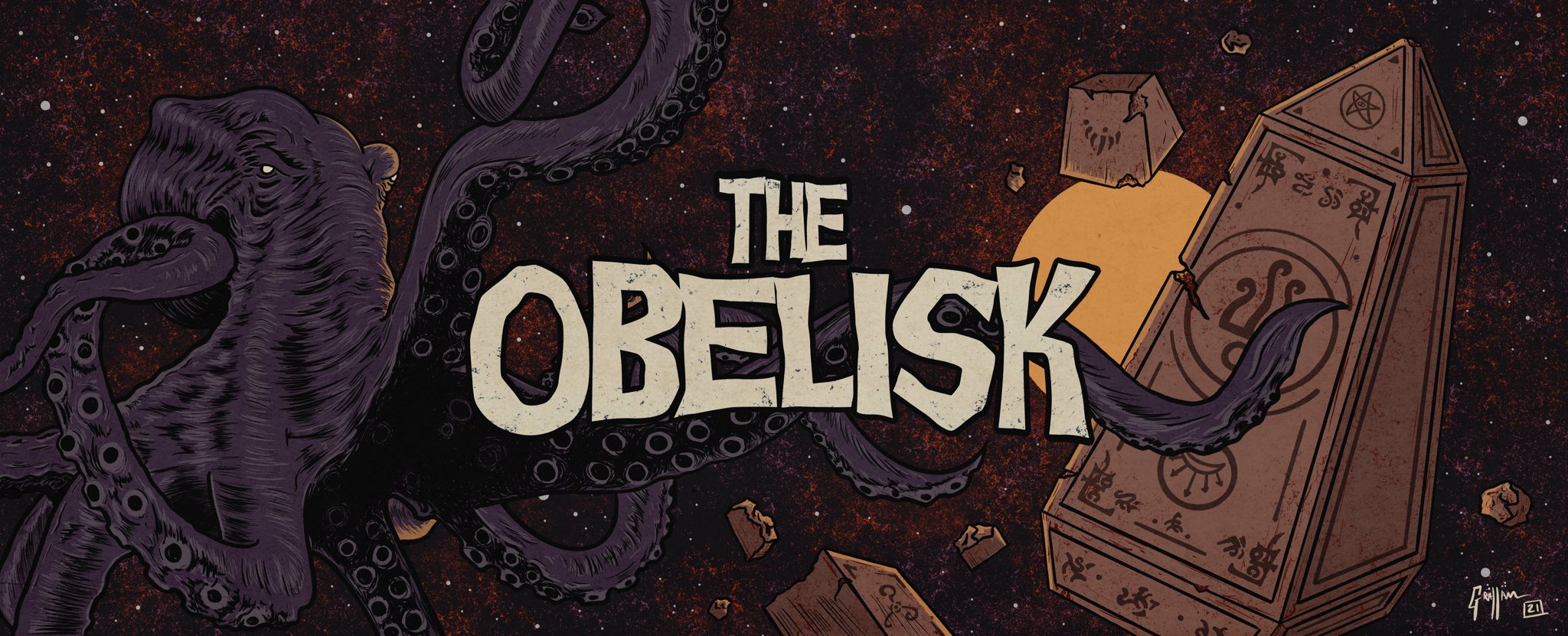Dozer, Vultures: Before the Eyes of Heathens
Excluding a limited split 7″ with NYMF that heralded its coming, Vultures is the first outing from Swedish rockers Dozer in five years since they released 2008’s Beyond Colossal. That album, their fifth and second for Small Stone, became the capstone on Dozer‘s career when an indefinite hiatus was announced Fall 2009. After guitarist Tommi Holappa and drummer Olle Mårthans and bassist Johan Rockner played together (the latter on guitar) as part of the Greenleaf lineup for 2012’s triumphant Nest of Vipers album (review here), with Truckfighters‘ Oskar Cedermalm on vocals and bassist Bengt Bäcke, who engineered Dozer‘s first two albums and worked with other formative Swedish heavy rockers like Demon Cleaner — not to mention a guest appearance from Dozer guitarist/vocalist Fredrik Nordin on that record’s closing track — it was announced Dozer would return to the stage at Desertfest 2013. This was a welcome surprise even after Greenleaf played there in 2012 — Dozer‘s set was preceded by a Lowrider reunion in London and it has been one of the high points of my year so far — and while the immediate next question was when Dozer‘s next studio release would surface, Vultures arrives as a semi-complete answer to the question. Recorded in 2004-2005 at Rockhouse Studios in Borlänge, these six tracks were used as pre-production demos for what would later become the fourth Dozer album, 2005’s Through the Eyes of Heathens. They arrive here with a mastering job from Karl Daniel Lidén (who may or may not also play drums on them) and cover art by William Ede as a digital-only-for-now 26-minute EP that at very least shows Dozer have a continued interest in being Dozer. And if Vultures is a stopgap issued in order to keep their name in the minds of their fans while Holappa continues to write and record with a partially-revamped Greenleaf lineup, being one of those fans, I’m more than happy to take it. The Through the Eyes of Heathens era was a pivotal one in Dozer‘s progression, continuing the shift from the desert-style heavy of their first two albums — 2000’s In the Tail of a Comet and 2001’s Madre de Dios — that began to show itself on 2002’s Call it Conspiracy and pushing Dozer‘s style to individualized territory not yet heard from the band.
In any case, after five years, it was high time Dozer got something out, and Vultures provides a fascinating look at their creative process. For one thing, the songs are remarkably put together despite their “demo” tag. I don’t know for sure if Bäcke engineered this recording — he helmed their first two records and prior demos at Rockhouse — but from the sound of the tracks, I’d believe it. Nordin‘s vocals are layered, the drums have a crisp pop to them, Rockner‘s bass rumbles with fuzzy conviction and the guitars layered and driving in that style that was so quickly becoming Dozer‘s own at this point in their career. Dozer would ultimately take to Seawolf Studios on an island off the coast of Finland to record the final album, and it’s perhaps most curious of all that not one track from Vultures was used in full. There are pieces here in songs like “The Imposter” and closer “To the Fallen” that one familiar with the finished record might be able to recognize, at least in spirit if not note-for-note, but nothing on Vultures was directly ported to Through the Eyes of Heathens. The effect this has is two-fold. First, it makes the new EP that much more of a new release — it is genuinely unheard material. Second, it makes Vultures even more intriguing as a look into Dozer‘s creative process. Was this something that had never happened before, that the songs took such drastically different forms by the time they were finished? Was the original intent to get these tracks on tape so as to write new material using them as a base to work from? What was it about a song like opener Vultures “The Blood is Cold” that didn’t make the final cut, or was it not even an issue of that, and rather, the band knew all along these tracks wouldn’t be on the record but wanted to have them documented anyway for just this future purpose? These questions abound, but what’s most pivotal about Vultures as a standalone release is that it captures Through the Eyes of Heathens-style songwriting with production more akin to Madre de Dios and In the Tail of a Comet, making it a wholly unique entity within Dozer‘s catalog, which if it needs to be said, is one of the finest and most essential the Swedish heavy underground has ever produced.
Perhaps that context means Vultures will be best received by those who are already familiar with the band’s work, but I’d argue that it’s those same parties it’s intended for in the first place. It’s a digital EP of six mid-period demo tracks independently issued by a group making their way back after a years-long stretch of inactivity, not a high-profile label-backed full-length reunion album of brand new songs. But those among Dozer‘s converted who track it down will find Vultures more than satisfies the itch for new material from the band all the same, and that cuts like “The Blood is Cold,” “Last Prediction,” the more subdued “Head Ghosts” and the title-track “Vultures” prove no less memorable than any finalized Dozer output upon repeat listens. That is, these songs may not have made it to Through the Eyes of Heathens when it was put to tape, but they remain of a quality few in heavy rock could hope to match, whether it’s Holappa and Nordin leading the way through “The Imposter” with a characteristically complex turning riff and fluid groove or the more contemplative, organ-infused finale of “To the Fallen.” Vultures ultimately proves in its level of songwriting to be representative of the era from whence it’s culled — Beyond Colossal would continue that expansion — and makes for an interesting snapshot of Dozer as they came of age as a band. That said, the value of the EP is not purely academic either, and if someone yet unfamiliar with Dozer were to get ahold of a download, it’s not like there would be anything in these tracks to act as a turnoff or that would hinder a drive for further investigation into their full-length outings. And though it remains to be seen if or when Dozer will have a follow-up to Beyond Colossal anytime in the next couple years, I take the release of Vultures as a good sign that the reunion that brought them back to the stage earlier in 2013 is at a point of sticking enough that they’re willing to test the ground for a response to something like this. From where I sit, they’ve been missed. Among their countrymen and beyond Sweden’s borders, there isn’t anyone who captures quite the same spirit sonically as Dozer, and that’s as true on Vultures as it has always been in their work.






